For many cyclists, a garage with an automatic door is the natural place to store bicycles. Unfortunately, bike theft is a constant problem nearly everywhere. What do American suburbanites and Dutch urbanites have in common? We constantly worry about bike theft. We've all been told to lock our bikes inside the house, in a safe room, behind two feet of concrete. That's not realistic for many people.
Automatic garage door openers are a wonderful convenience and major security risk. A great first step in security is to add a smart opener that can alert you if the garage is opened and can even auto close the door if it's left open. Unfortunately, these smart openers do nothing to prevent forced entry. Garage slide locks like this add a true locking barrier to prevent entry, but are not recommended for automatic doors because opening the door while locked can damage the door and the opener. An extensive web search revealed no off the shelf solutions for securing an automatic garage door but with a few basic smart home devices you can create your own garage door smart lock.
Shopping List:
- Garage Door Sliding Lock
- Aqara Door and Window Sensor
- Aqara Smart Hub E1
- Aqara Smart Plug
- VHB Double Sided Foam Adhesive Tape
Total Budget: $106.76 USD at time of writing
This setup was built from the starting point of having zero smart home devices already and no prior smart home experience. If you already have a smart home then you should be able to build something similar in your existing ecosystem.
Getting Started Building a Smart Garage Door Lock
The first step is to download the Aqara app and connect the hub, plug, and sensors following Aqara's directions. The smart locks communicate with the door sensor over a local Zigbee wireless network, and it all communicates back to your phone through the smart hub connected to your wi-fi network. The hub should be within 40 feet of your wi-fi router, and the plug no more than 40 feet from the hub. If the distance between the plug and hub is too far, you can add additional smart plugs to build a mesh network and extend the range.
If that all sounds complicated, I promise it really is not. Just download the app and connect the devices. They'll form a network. Add a few extra plugs if the signal strength is low. That's it!
Installing The Door Lock Sensor
Use 3M VHB tape, which is designed for extreme applications, to attach the sensor to the sliding lock. You can add a wrap of duct tape around the sensor just to be safe. A word of caution: the sensor installation as shown is not fail-safe: if the sensor falls off the garage door opener will power on.

The sensor pieces should be installed so they come as close together as possible when closing. There is a notch on the larger sensor showing which side should be facing the smaller sensor. In this case a plastic spacer was added to bring the height of the two sensor pieces closer - the spacer was actually a mechanical pencil lead case cut down to fit. Use a lego brick or whatever you can find in your garage.
Once the sensor is installed it's time to program the smart plug.
Programming The Smart Plug
You don't have to be a software developer to create a basic program like this. Two if-then automations are created to turn the plug off if the sensor is closed and turn the plug on if the sensor is open.
In the Aqara app, create a new automation. The automations below include a second smart plug for an espresso machine - not a required addition but definitely a worthwhile one.

Here's the automation to turn the plug on:

Here's the automation to turn the plug off:

Finishing Up: Creating A Smart Garage Door Lock
The only step remaining is to test the system. Open and close the lock to make sure the plug turns off when the door is locked. If everything looks ok then plug the garage door opener into the smart plug. Now any time the garage door is locked the opener power will be off and nobody can accidentally open the door.

What else can I do to prevent bike theft?
- Always lock your bike, even when it's inside your garage. Install an eye bolt into a garage stud for an easy locking point, or go nuclear and lag cut resistant locking points to your garage floor. For a comprehensive review of bike lock options we recommend visiting BikeLockWiki.com
- Limit data sharing on Strava and similar ride-tracking apps to close friends. Thieves have been proven to use these apps to plan robberies. We know you want to compare your segment times to KOMDominator420 but you're not going to be chasing KOMs without a bike. Lock that info down.
- Be obsessive about keeping the garage door closed. Every second it's open is a chance for a person walking by to see your bikes, power tools, snowboards, and other goodies.
- Install cameras and motion lights. Not only will the cameras help you check that you closed the door, but they are a deterrent to thieves. If someone does break in the cameras will give you vital info that could help lead to an arrest.
- Obscure all windows into your garage. Even a simple curtain can obstruct the view in - if someone can't see what's in there then they won't be tempted to take it.
- Don't leave a garage opening in your car. One broken window and someone can grab the opener and be in your garage in seconds. You can add a smart opener that allows you to open and close the door with an app on your phone and some can even auto close your door if it's left open.
You cannot eliminate the chance of garage break ins completely, but with the steps outlined above you can drastically reduce your chances of becoming a victim.




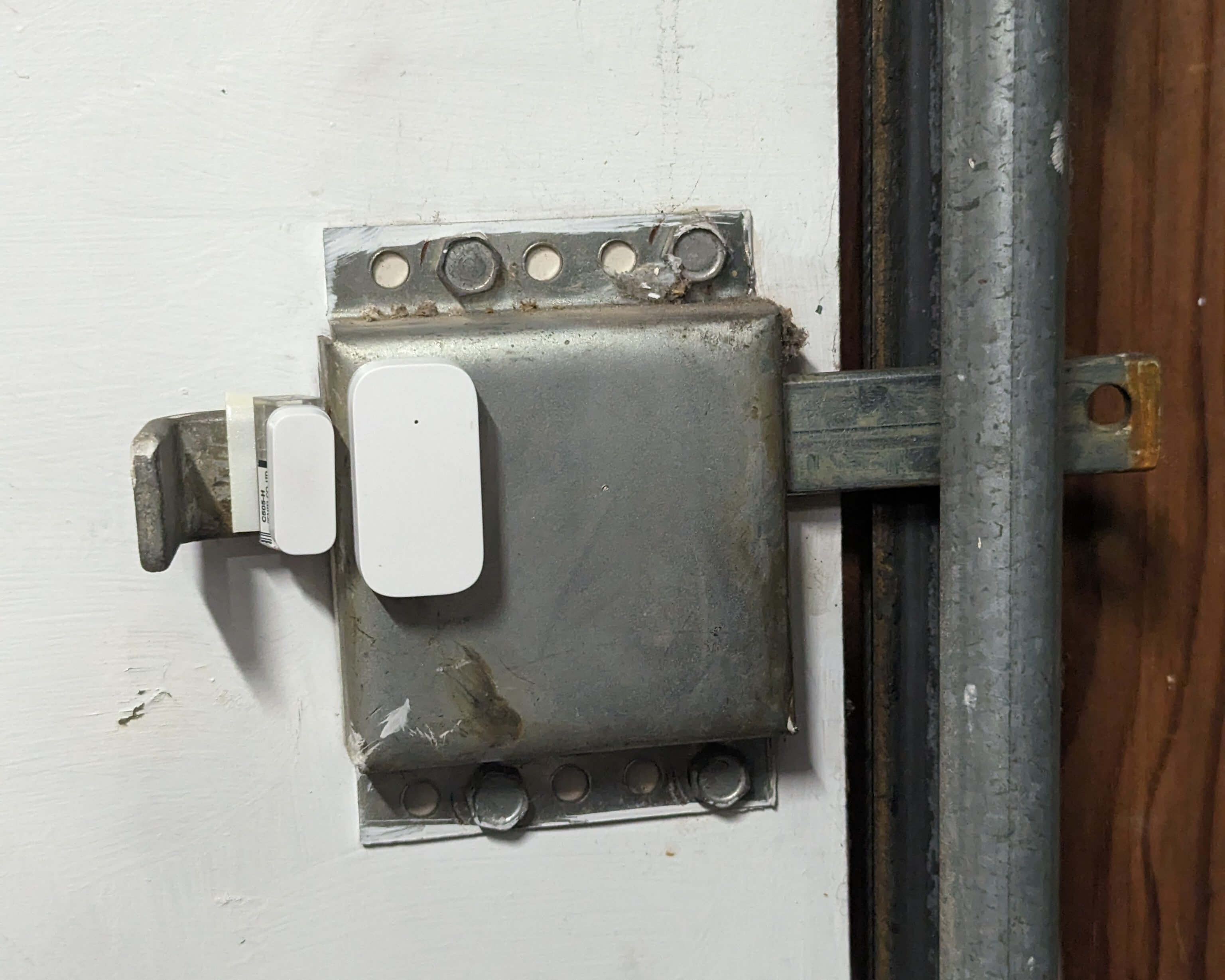
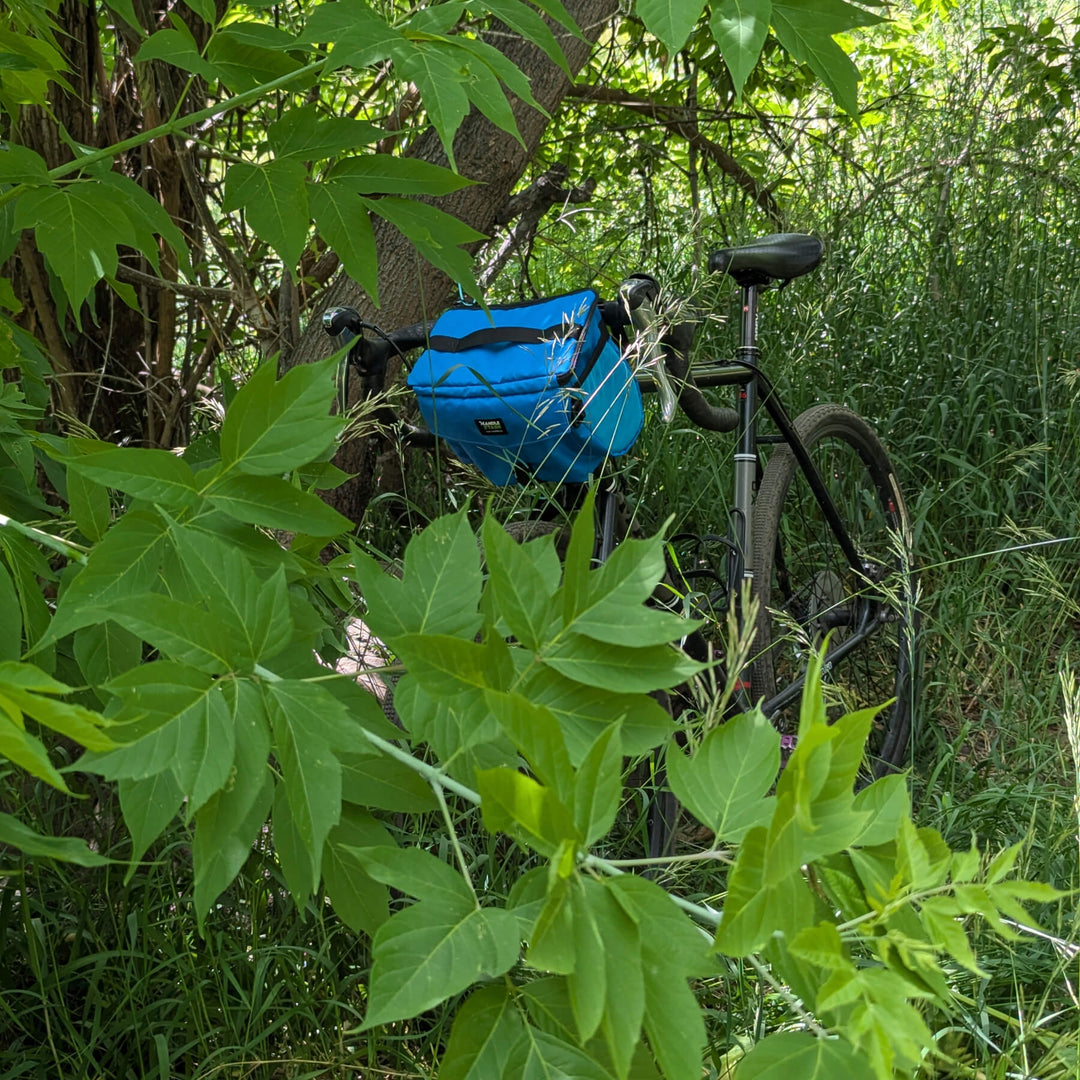

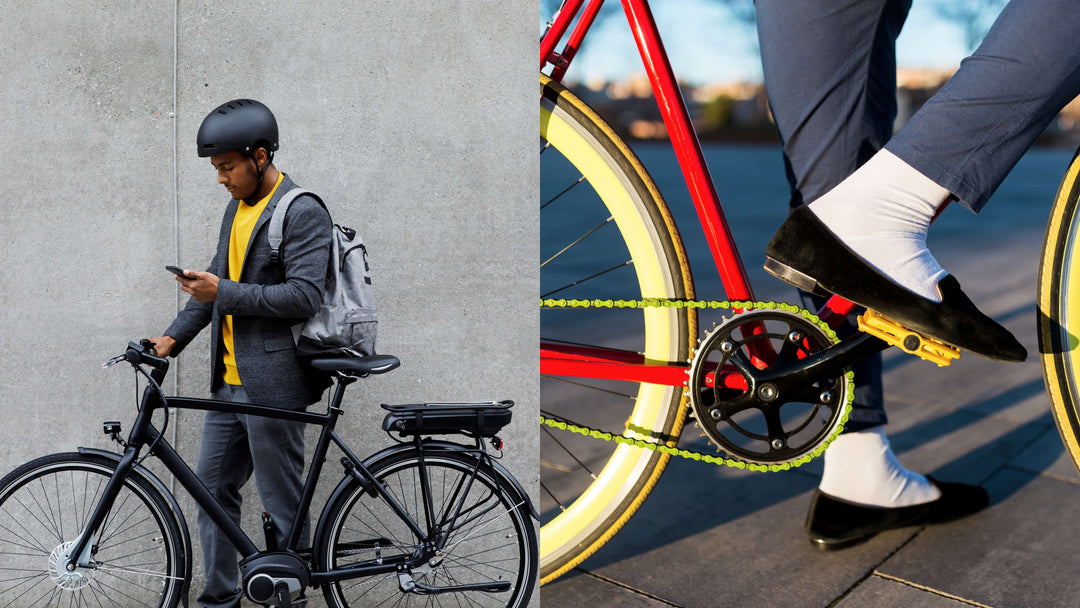
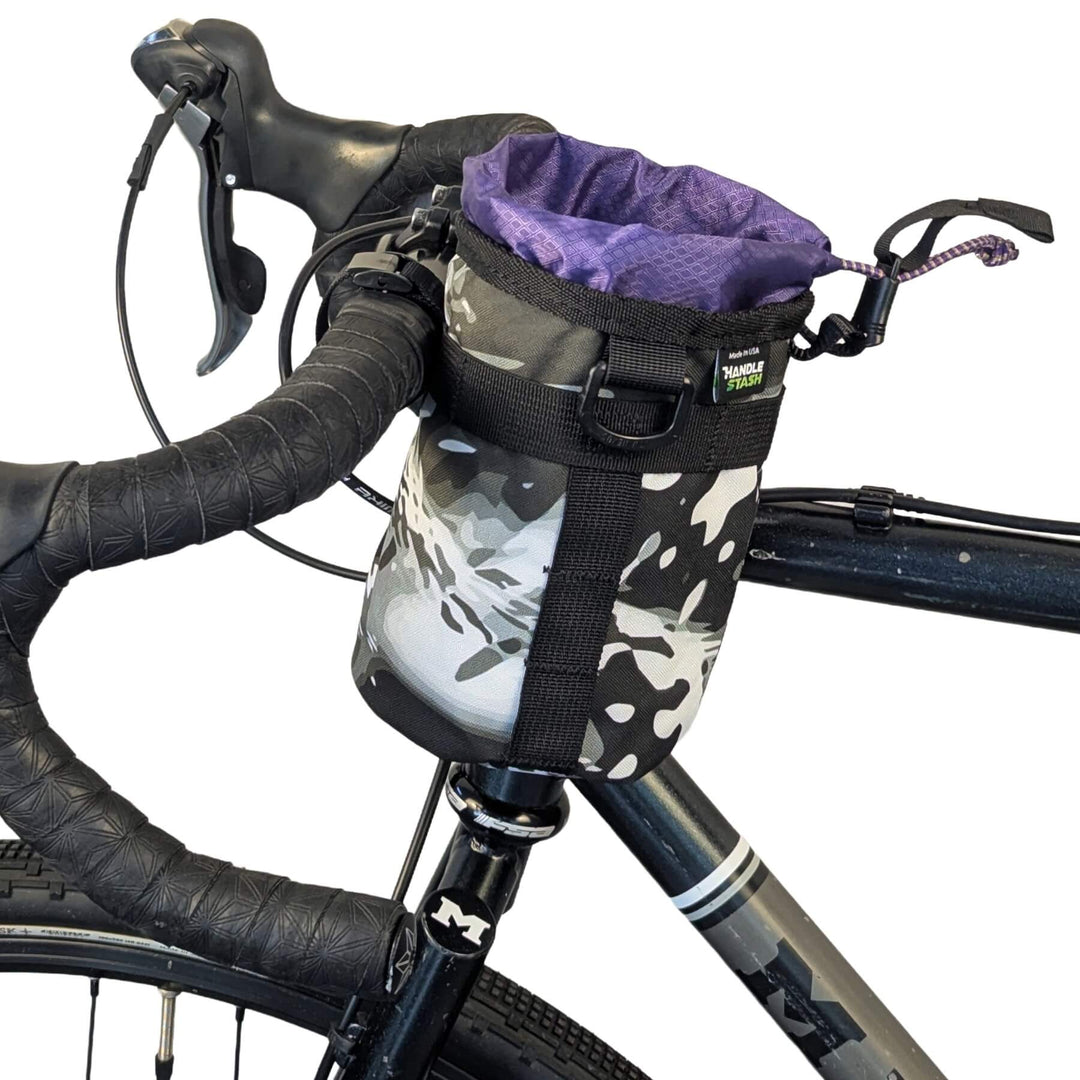
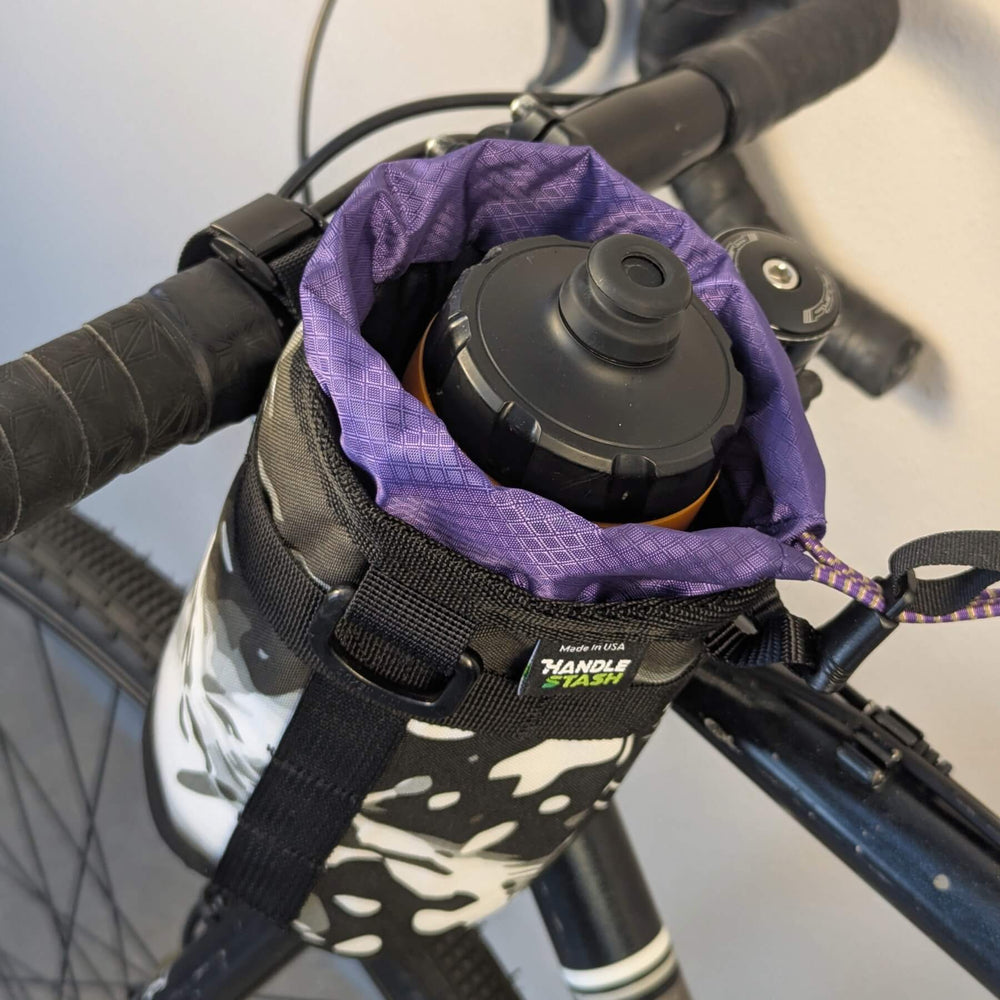
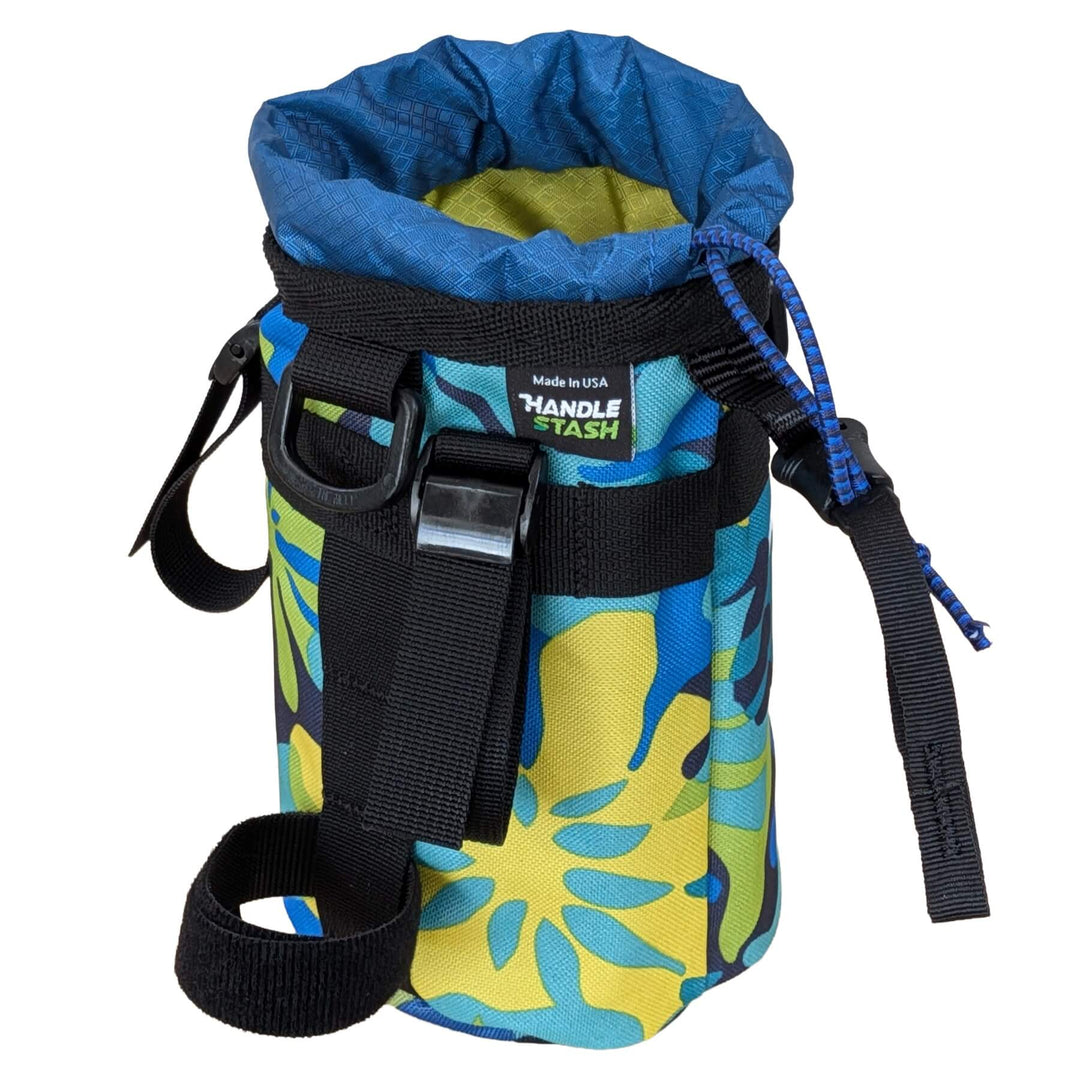
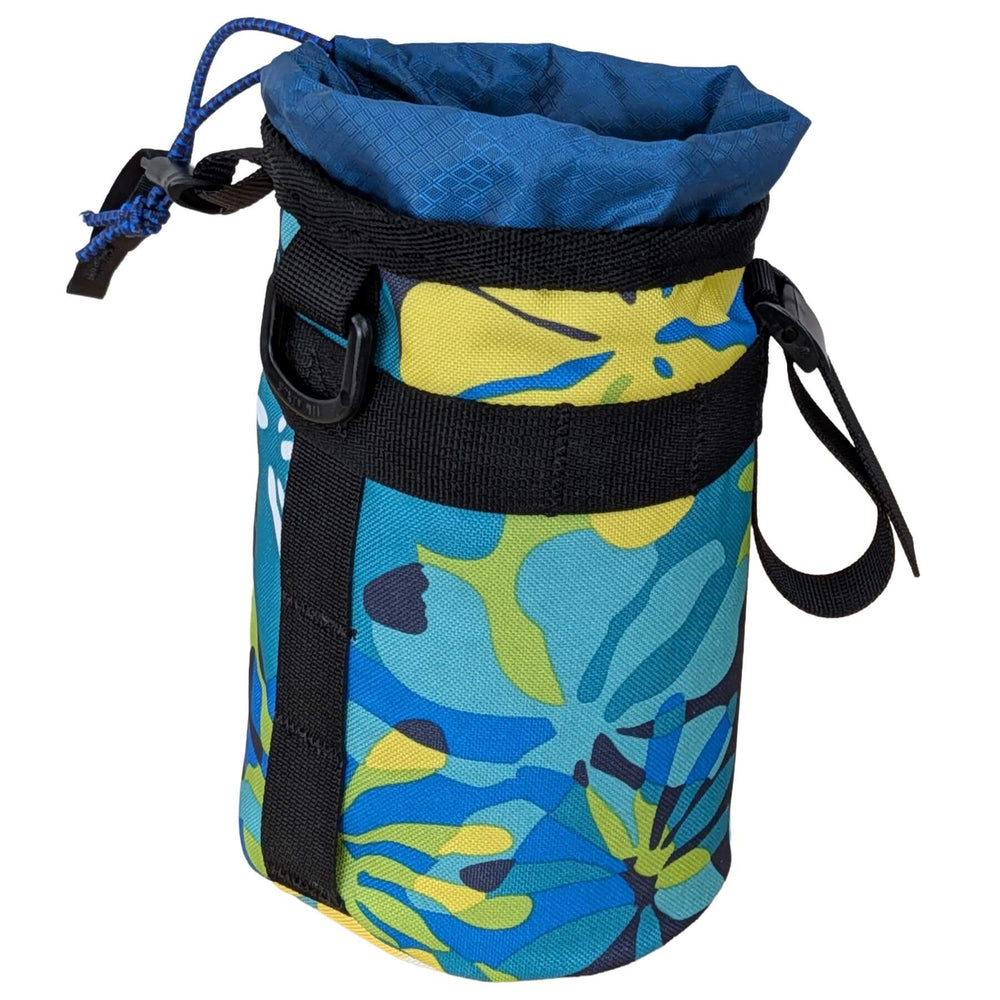
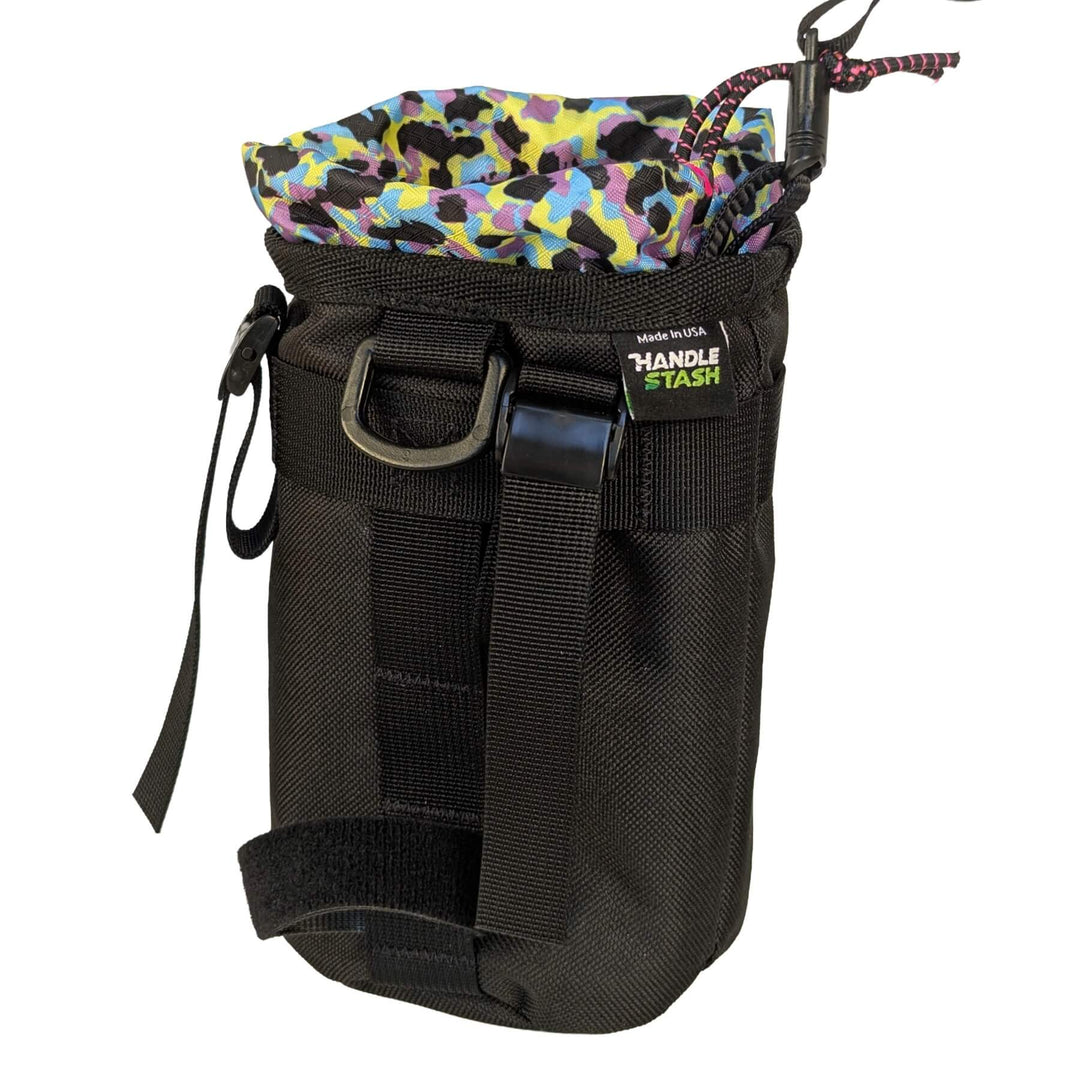

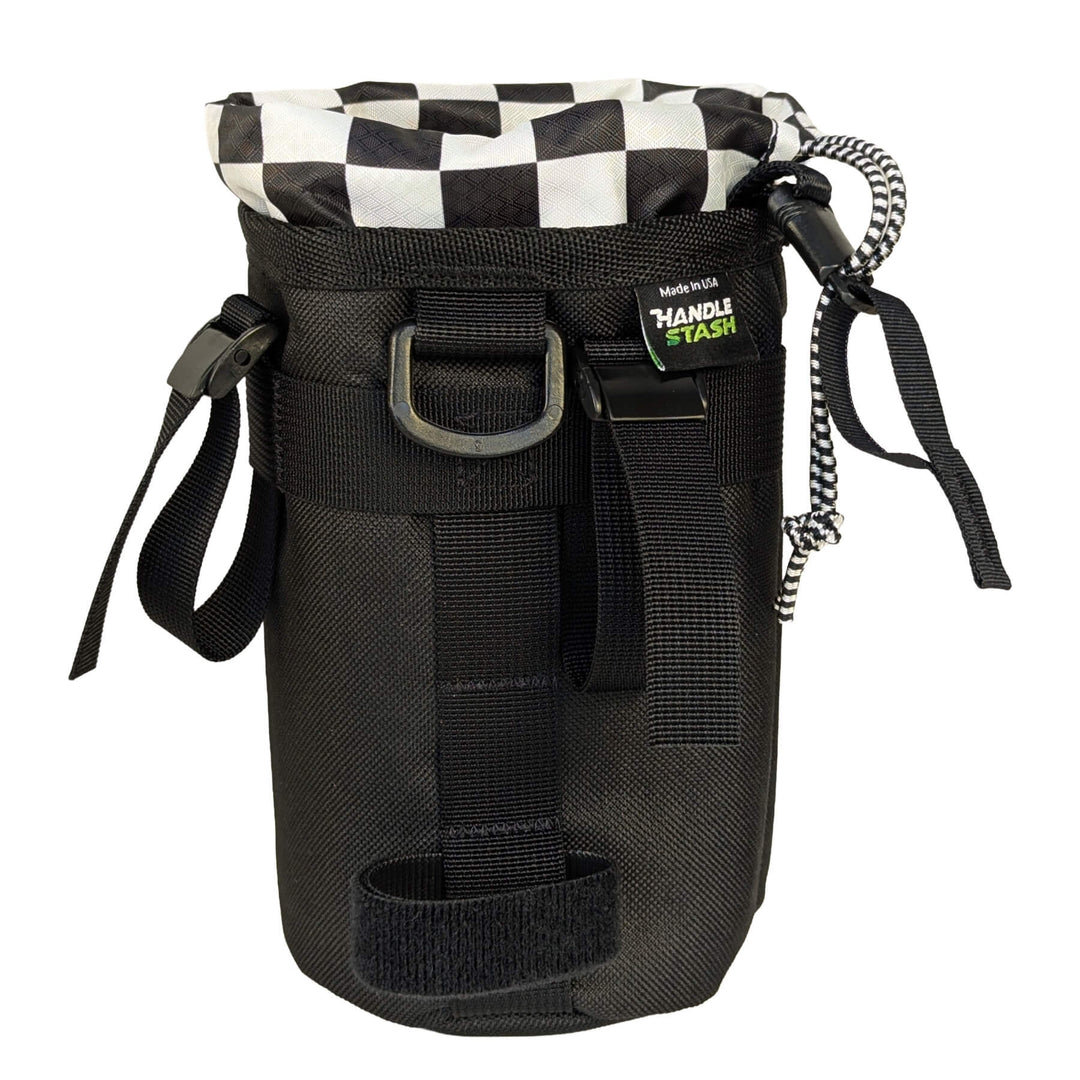
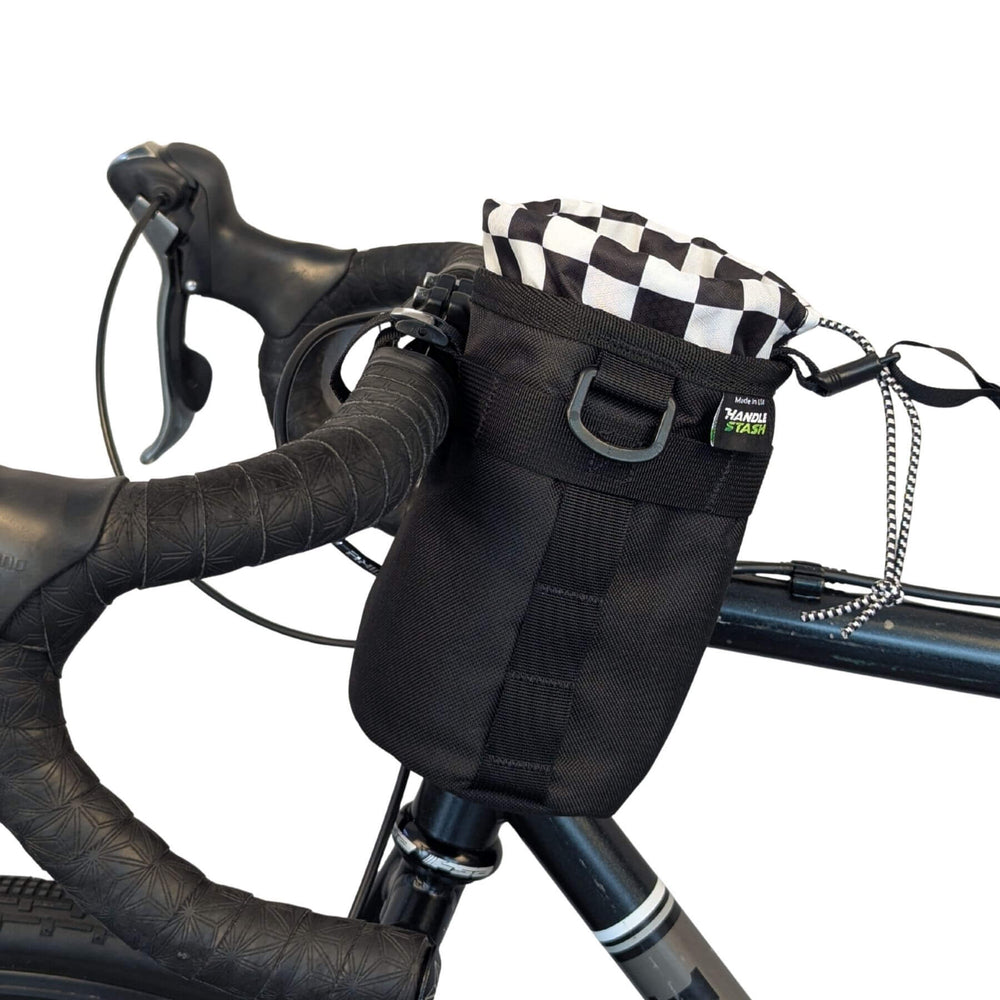
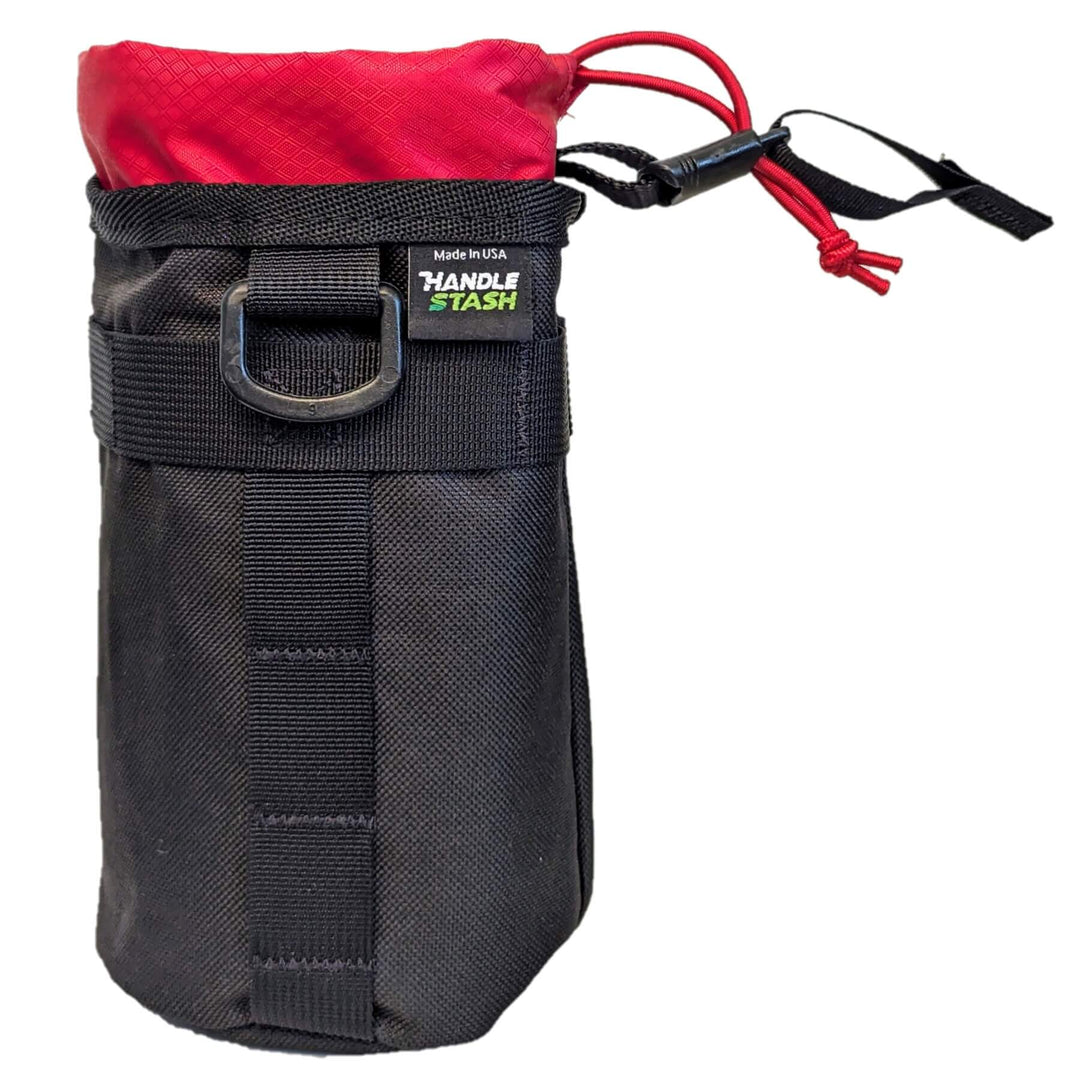
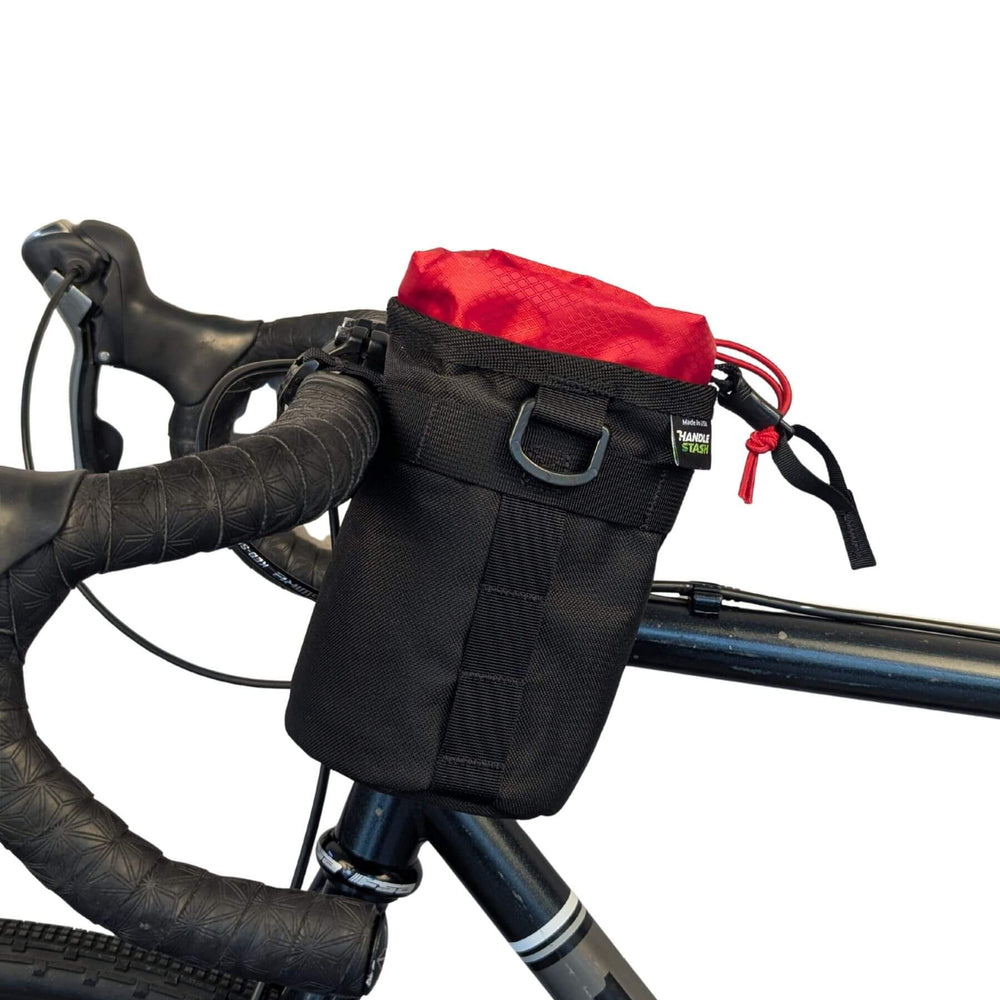











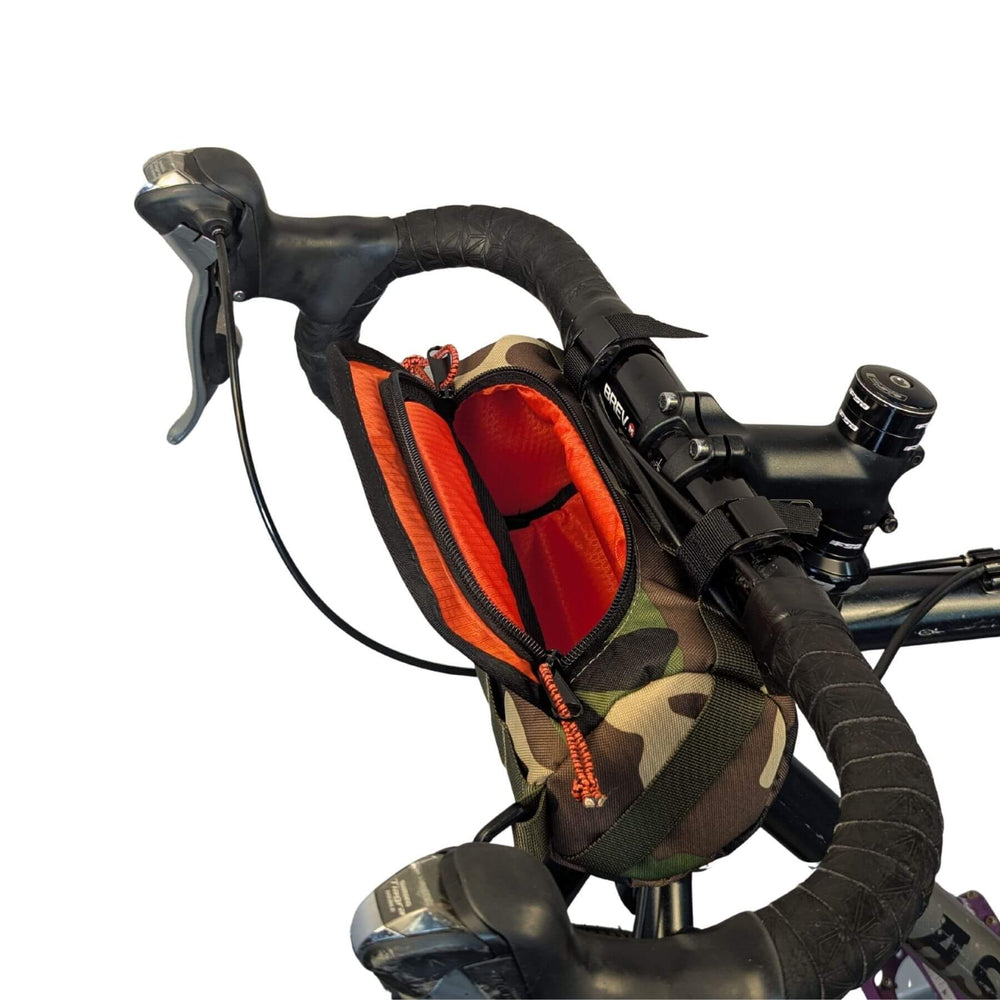


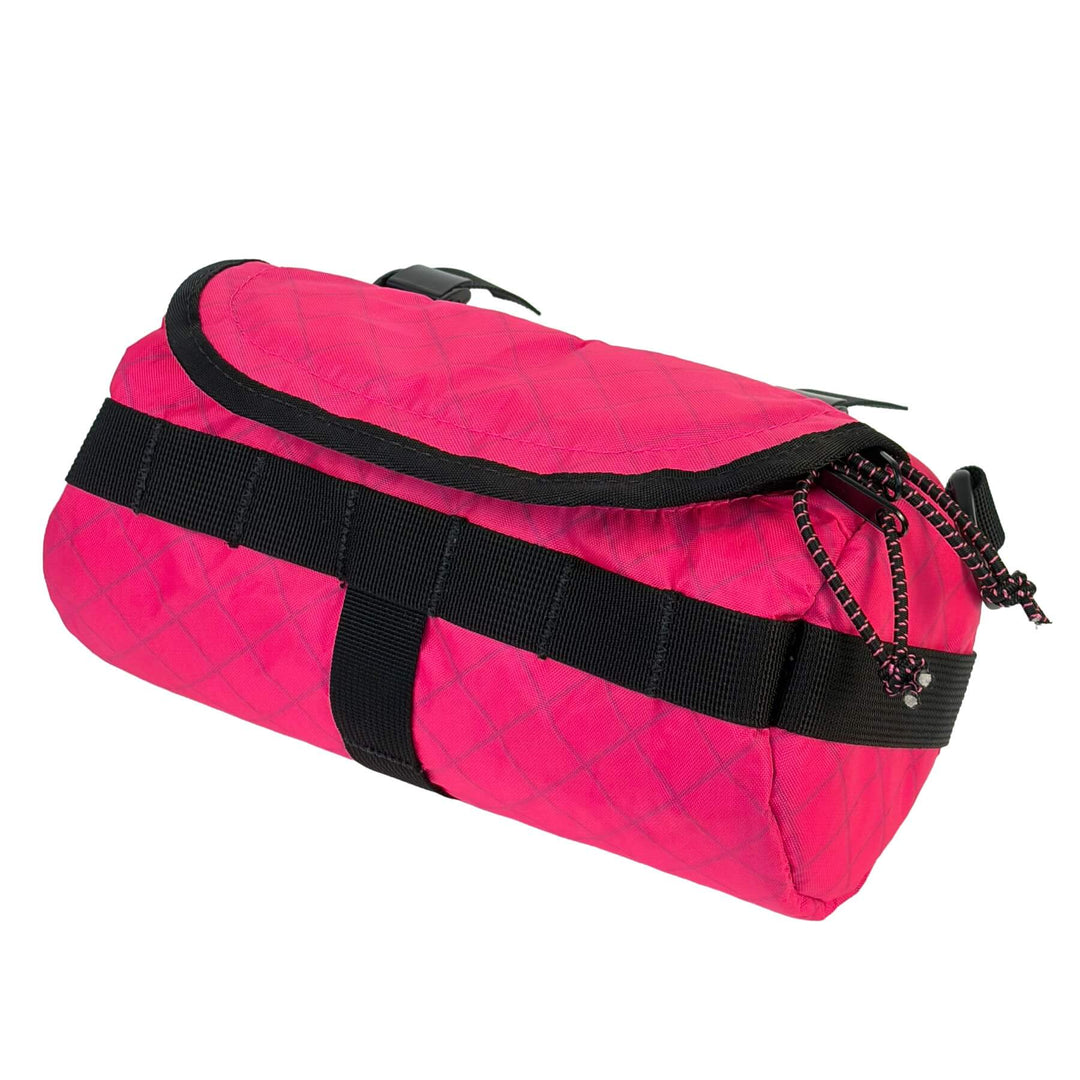
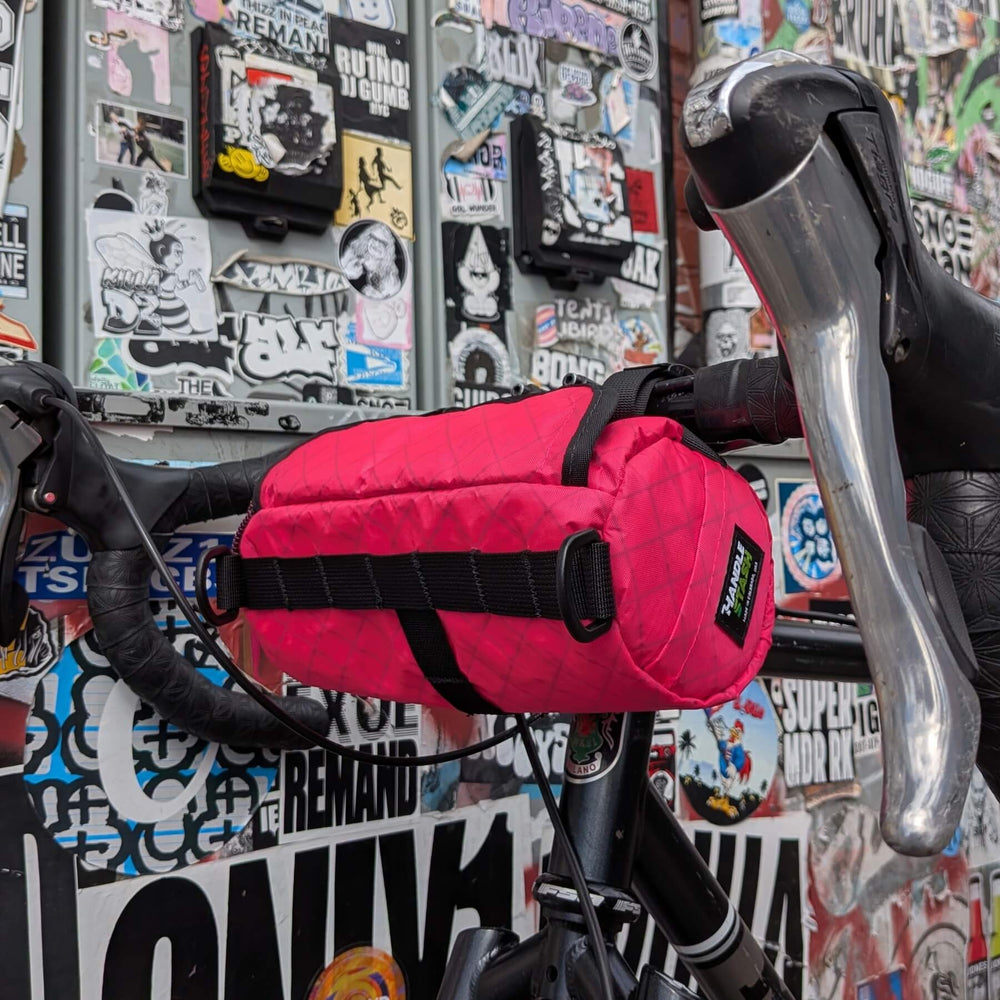

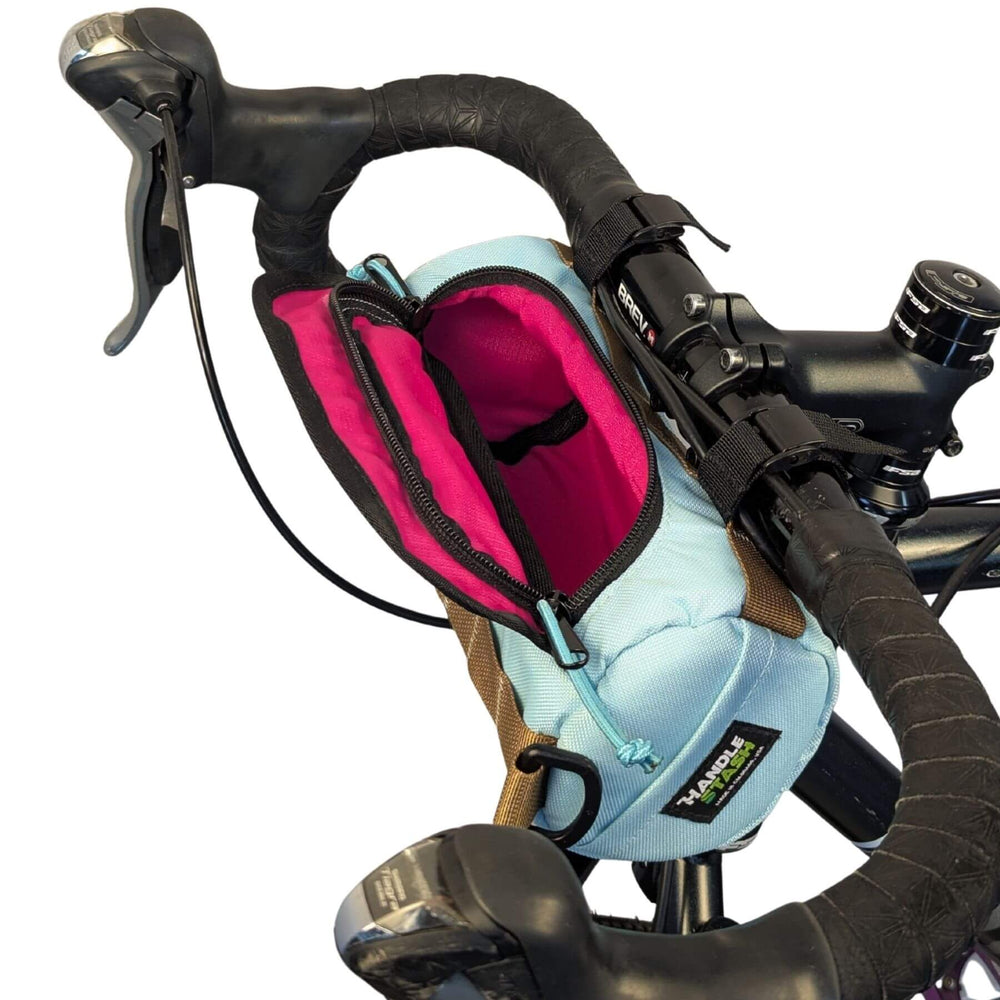

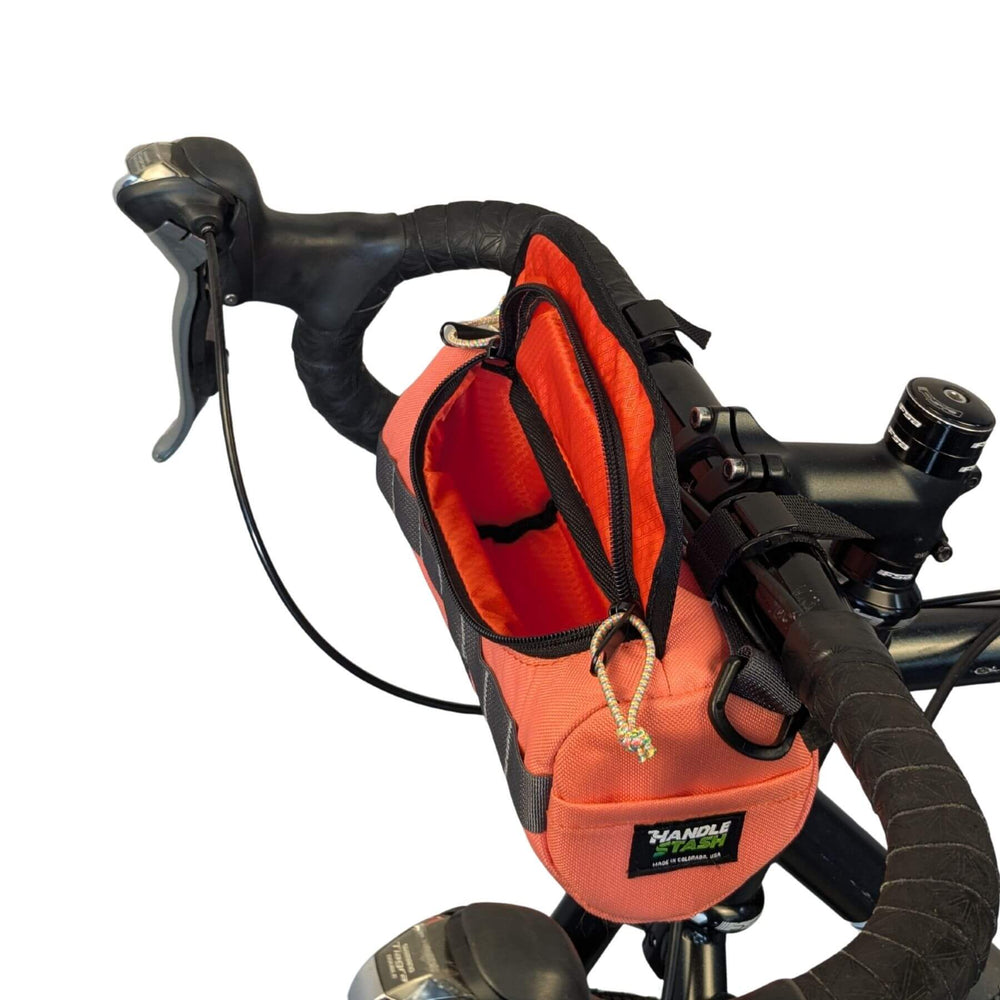
Fantastic guide on sliding window prices and selection! The detailed insights and practical tips make choosing the right window easy and informative. Kudos for such a comprehensive resource!
Leave a comment